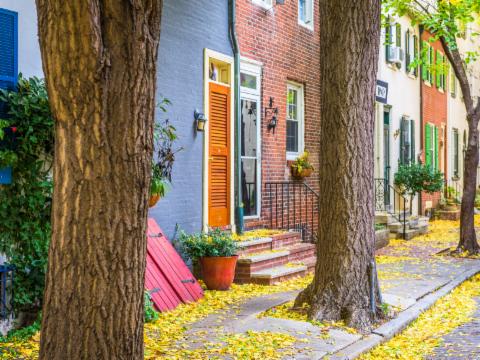

Looking for a new home is an unenviable task, even if the physical act of looking around has an element of fun attached to it. With mortgage – and rent – prices rising significantly, new house hunters and prospective tenants alike are having to modify their budgets and their expectations.
But doing so often requires flexibility with location, which itself brings up the subject of safety. Many of us do not move outside of key neighbourhoods in which we feel safe and comfortable; where you might be getting priced out of your neighbourhood, you may be faced with some difficult choices. But what exactly makes somewhere a safe place to live?
The Importance of Feeling Safe
It certainly does not need explaining to you that safety is a good metric for a property to perform well in. Sometimes homes do not feel fully homely without being singularly and uniquely yours, which includes having the peace of mind that it cannot be entered or violated by anyone uninvited.
Of course, there are much more practical reasons to forefront safety as a concern when it comes to choosing a home. Even if simply looking to rent a home, there are risks inherent to moving belongings into a given geographical location. No matter how safe a specific property is, your personal items are always at a base level of risk – dependent on the safety level of that area. It is for this reason that renter’s insurance is advised wherever you go. But what are the factors that impact safety in a given area?
Factors That Impact Geographical Safety
One of the biggest factors considered when evaluating the safety of an area is, of course, the crime rate. Crime rates differ from region to region, according to a wide sub-set of variables – including population, geographic area, council funding and the size of the local police force.
Other, more general factors come into consideration when thinking about safety. The quality of the local schooling system is one such factor, as is the public transport interconnectivity of the area. Many innocuous reasons contribute to a wider felt sense of safety or danger.
The Safest Cities in the UK
According to certain combinations of the above criteria, it is possible to theoretically rank places in the UK according to their level of safety. Such rankings are imprecise and, on some level, subjective, but can nonetheless be useful in figuring out your own long-term plans. Numerous organisations have built their own safety rankings systems in this way, some of which inform government policy as well as private sector markets.
One widely-reported ranking used crime rates per thousand population to weight its decision-making; on this basis, the report found that Reading was the single safest place to live in the UK. Swansea and Newport in Wales came a close second, while Cardiff was found to be the tenth safest city in the UK. This ranking railed to take into account other variables, but is a good introduction to critical thinking around what it means specifically to be ‘safe’ in a neighbourhood.








Comments
Post a Comment